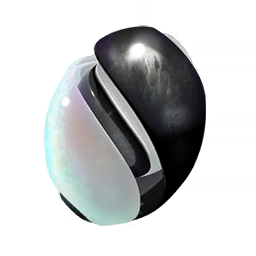Check Out the Stunning New Images of Jupiter From NASA’s Juno Spacecraft
NASA’s Juno spacecraft has just released stunning images of Jupiter, captured during its 66th flyby of the largest and oldest planet in our solar system.
The Juno mission has been studying the Jovian system—Jupiter, along with its rings and many moons—to learn about the giant planet’s formation and evolution with the hope that it might shed light on the development of the entire solar system, per a NASA statement. The solar-powered spacecraft launched from Cape Canaveral, Florida, in August 2011 and reached Jupiter in July 2016.
“Jupiter is the Rosetta Stone of our solar system. Juno is going there as our emissary—to interpret what Jupiter has to say,” Scott Bolton, Juno principal investigator and associate vice president of the Southwest Research Institute’s Science and Engineering Division, says in the statement.
@science@lemmy.world @science@beehaw.org @space@lemmy.world @space@newsmast.community #space #science #nasa #astronomy
So many storms raging. Gotta wonder if it has a surface and if what it’s like. Not pleasant I’m sure, but there’s some space between the storms it looks like
It’s gas and liquid gas with a solid core. No “surface” like you think earth has one to stand on. By the time your feet hit anything solid you’d have went through permanent darkness (sun can’t pierce that much matter, much like our oceans being dark), temperatures that will melt metals, and pressures that make the Mariana trench feel like a gentle squeeze.
Fuck, this image is beautiful. I’m assuming it’s a composite with IR frequencies and none of this that we see in this image is in the visible spectrum?
It might include infrared, but this instrument only has three visible channels (red, green, and blue) and one near-infrared band that is sensitive to methane at about 890nm. So, most of this would be visible light.
It looks like a lot of the work of bringing out the beauty of these images is done by citizen scientists. It would be interesting to find out what was done to produce this particular image.
I might try my hand at some of this, actually. My job is to do data processing for satellite imagery of the earth. I’m curious to learn more about what is being done here.
And the pictures: https://www.missionjuno.swri.edu/junocam/processing?featured=1
I’ll be putting a bunch of these in my wallpaper folder.
You’d think Jupiter would be homogenous by now
That’s pretty.
Pretty fuckin’ neat-o!


